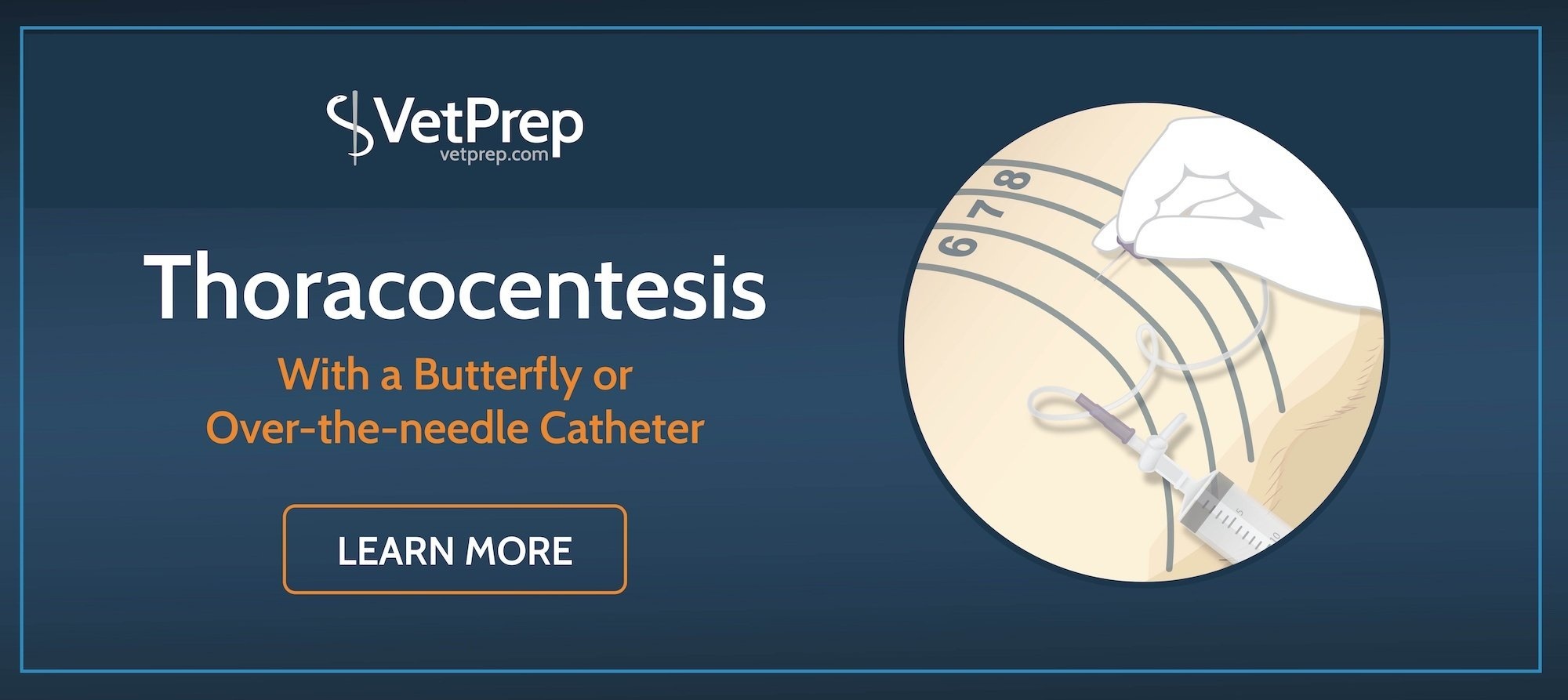
As you know, dogs and cats are often very stoic and are good at hiding their pain. It is important to learn to recognize the signs of pain. Pain may manifest in various ways and as a veterinarian, good detective work is sometimes needed.
Some are physical symptoms, such as panting or trembling may not be pain related but may be due to nervousness or other medical disease so these symptoms are to be interpreted based on the whole status of the patient.
General physical symptoms of pain may include (but are not limited to):
-
Vocalizing (crying, whining, etc.)
-
Inability to lay down or rest comfortably or not moving when awake
-
Increased panting, agitation, trembling,thrashing
-
Stiff gait or lameness
-
Hunched or abnormal posture or “praying”position
-
History of not wanting to jump up like usual
-
Walking with head in low position
-
Chewing or licking at a painful area
-
Depression/decreased responsiveness to the owner
-
Lack of self-grooming in cats
-
Carrying tail in a low position
-
Decreased appetite
-
Urinating or defecating inappropriately because they don’t want to get up or posture
-
Attempts to bite at the owner or at a caregiver
-
Hiding
It is important to treat predictable pain which means that if an animal has a surgical procedure or has a medical condition that is known to be painful (such as pancreatitis or glaucoma), that analgesia is given regardless of whether the animal may “seem” painful (i.e. just because a pet is quiet does not mean they are not in pain). Failure to provide pain management for known painful conditions is unacceptable, even when there is a lack of obvious pain symptoms.
Take the patient’s heart and respiratory rates regularly during hospitalization. Tachycardia, tachypnea, or increased blood pressure may be seen when an animal is in pain- although these may not always be consistent. A pet that is showing painful behaviors but has a normal heart and respiratory rate is still likely painful. The bottom line is that if you see characteristics of pain, the patient should be further assessed and appropriate analgesia be administered.
Pain scoring can be a helpful tool in the monitoring hospitalized pets so that they may receive the analgesia they need: Acute Pain Scoring Sheet from CSU
For further reading on the current recommendations on pain management in our patients: AAHA/AAFP 2015 Pain Management Guidelines For Dogs and Cats

